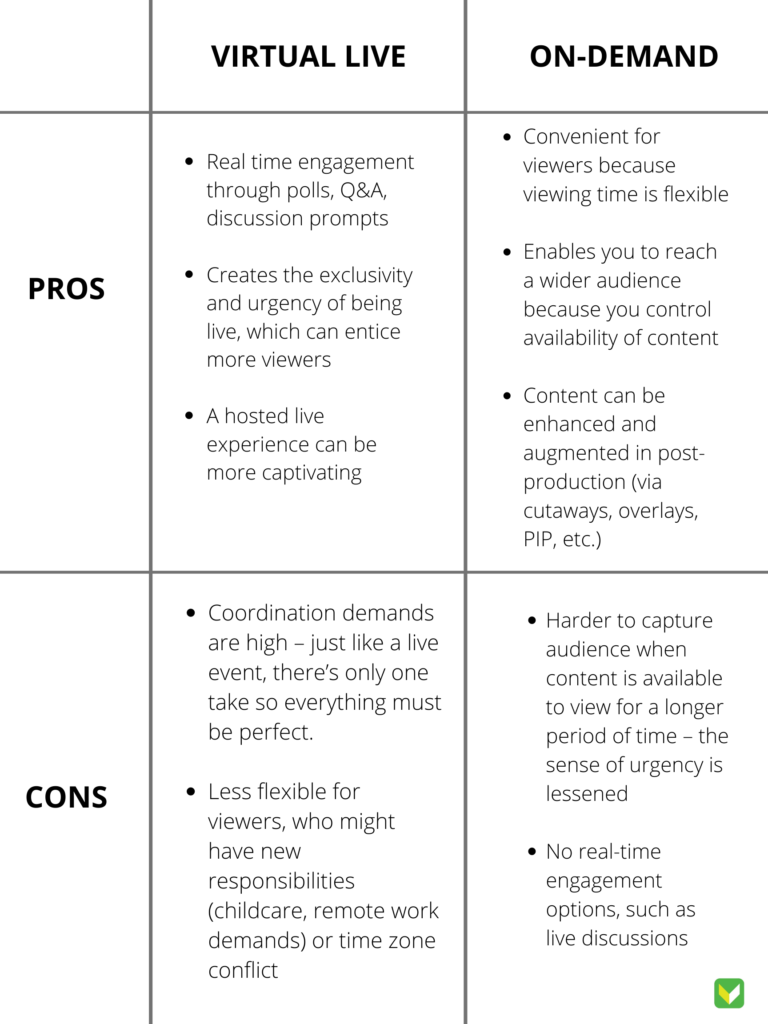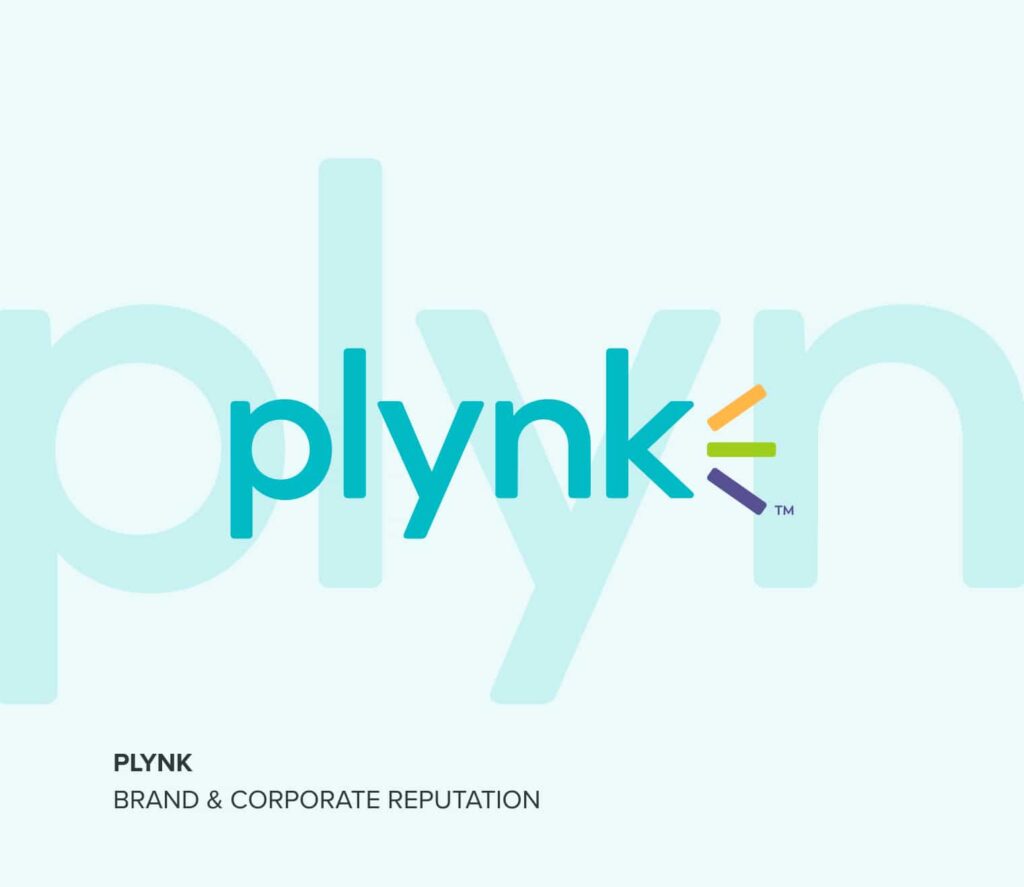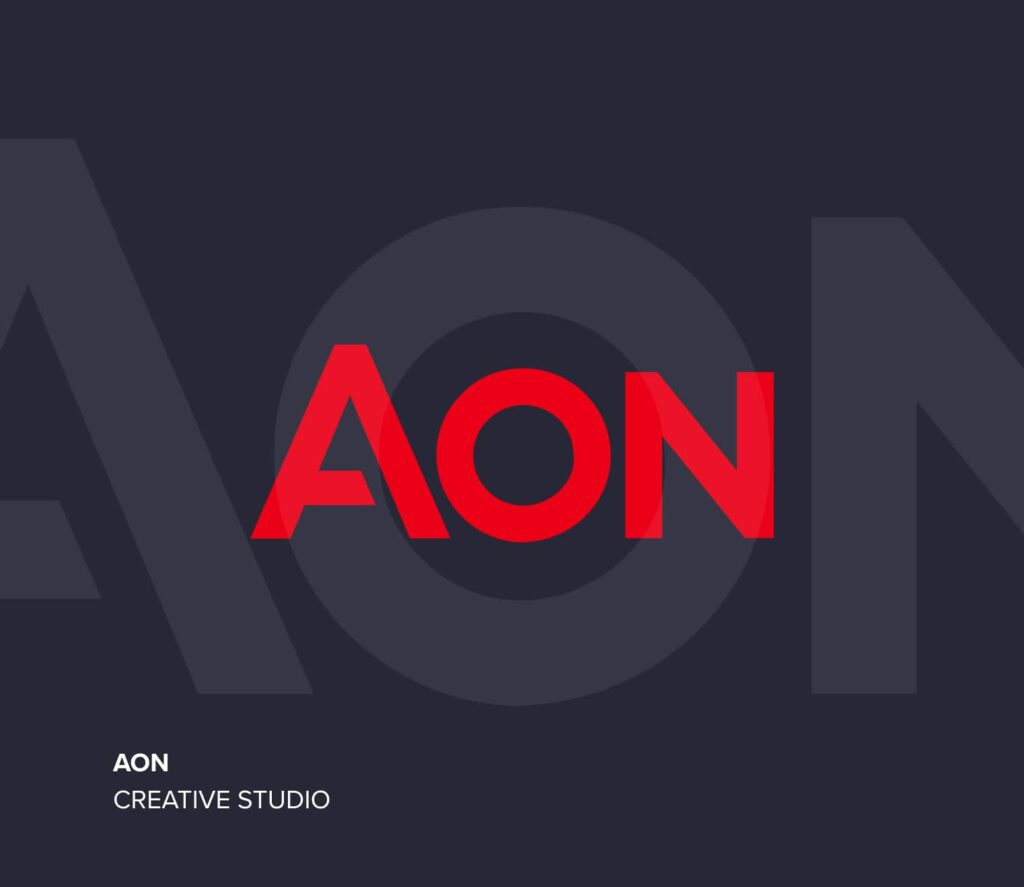As you move to a remote, virtual event it is important to consider:
- Does the information need to be conveyed live or is this something that could be pre-recorded?
- Is it important for people to be able to ask questions live or is this something that can be done ahead of time?
- Is there a way of communicating some of the information via a pre-produced video or email?
- How wide is the audience? What security or tech considerations (encryption, etc.) must you consider?
- How many people will need to present? How many people will participate?
- Reassess your KPIs and decide what is most important to track now—a different medium is going to drive different results
- Is there an opportunity to engage with your audience before the meeting, can you send some content ahead of time, could you send collateral or a gift?
Below is a pro/con chart for having your virtual event live versus on-demand.

VESTED RECOMMENDATIONS
In light of these options, it is our recommendation that you take a hybrid approach. The content that is going to drive the most engagement should be presented live. It is important to allow your guests to ask questions and interact with the speakers. Build in ways to engage the audience by including Q&As, polls, “Did You Know” facts, and trivia contests.
For the information that is less critical and more informational it can be beneficial to have it reside in a microsite that people can access on their own schedule. As we have moved to a remote working and schooling environment there is more pressure on schedules and allowing your audience to curate their own timing can be a huge perk.
PLATFORMS
For those who haven’t conducted a live virtual event before and/or who don’t already have a clear preference for platforms, below is some information about common available options.
WebinarJam
WebinarJam’s focus is on screening live events, but it also allows for the inclusion of pre-recorded materials – making it a great fit for those who want the feeling of a continuous event, even if they’re adopting a hybrid approach. Features include:
- Streaming: Stream to Facebook Live, YouTube Live or WebinarJam’s private JamCast broadcaster.
- Recording: Automatically record every webinar for use with EverWebinar.
- Branded pages: Customize your pages for brand consistency.
- Interaction: Engage viewers with live chat, polls and a virtual whiteboard.
- Presentations: Insert pre-recorded video into your webinars for presentation purposes.
- Security: Webinar rooms protected by password.
- Analytics: Reporting on your live webinar performance.
Zoom
Zoom is a great tool for live event hosting or panels. It caters well to live broadcasts, especially if you have a large panel of speakers waiting for their turn to speak. Features:
- Interactive: Up to 100 interactive video participants for webinars with large panels of speakers (can increase participant pools up to 1,000; can also allow up to 10,000 watch-only participants)
- Integration: Broadcast your webinars to Facebook Live and YouTube.
- Controls: Mute/unmute speakers for full control over participants.
- Interactive: Polls, Q&As and live chat for engaging viewers.
- Closed captioning: Provide text captions for hard-of-hearing audiences or people using devices on mute.
- Compliant: Most financial institutions allow Zoom.
WebEx
WebEx is a comprehensive tool for holding online meetings, events, training sessions, interactive presentations and team collaboration. It’s a recognizable name and a fit for businesses that want a single, powerful video communication system. However, it doesn’t allow for thousands of webinar/event attendees. Features:
- Webinars and video conferencing: So you can host a wide range of live events, meetings and training sessions.
- Chat and brainstorming tools: Interactive whiteboard and other tools for collaboration.
- File sharing: The ability to share files and apps for a better workflow.
- Call back: Automated calls inviting people to attend your webinar.
GoToWebinar
GoToWebinar allows you to stream live webinars and send recordings to attendees once it’s finished. As a platform, GoToWebinar is easy to use and a solid all-round tool for virtual sessions. Features include:
-
- Live webinars: Host live webinars and share recordings with participants later on.
- Custom landing page forms: To encourage people to sign up for your webinars.
- Email notifications: To remind people about your webinar event.
- Engage: You can use live chat, polls and send files to audience members during your webinar.
- Customization: Personalize webinars with custom branding.
- Analytics: Reporting and analytics on our webinar performance.
Additional roundups and platforms available here and here.
SPEAKER PREPARATION
Moving to an event virtual requires a different type of preparation for speakers. Speakers will be required to have the right technology set up prior all sessions to avoid delays and real-time testing. When possible, host a rehearsal session where all speakers can test access to the platform, video capabilities, speakers, lighting, and Wi-Fi speed. Zoom also has a touch up function for any speakers that might be self conscious hosting a video panel. Some considerations to better prepare speakers:
- Offer computer stands, cameras and noise cancelling headphones for speakers that do not have the right set up in their homes.
- Schedule test runs with each speaker.
- Share an internal agenda with all speakers so they have all the right links and a cheat sheet before they join the panel.
- Ensure each session has a strong host to troubleshoot any last minute issues.
- Ensure speakers are in a quiet room with the light facing them.
ENGAGEMENT
Understanding the goals of a given event is helpful for planning engagement – but note that the KPIs for a virtual event will be different than a live event. Consider why you planned an event in the first place, the content to be covered, relevant external considerations (pandemics, changes in “normal,” etc.) and explore how to encourage engagement from participations before, during and after the virtual event.
Before
To garner excitement and make it clear that the event still provides value for attendees, consider sharing physical or virtual materials ahead of the event – but ensure they’re relevant for either the event content or the times. Just as attendees to an in-person event might come home with branded swag, business cards, brochures, and more, a virtual event can recreate that feeling through…
- Virtual “teaser” content. If hosting a hybrid event, share an email with links to some assets, reading materials, agendas, talking head video of the CEO or event host, etc. This is also a great opportunity to ask attendees to prepare, by:
- Sharing questions in advance
- Downloading your virtual event platform tool in advance
- Sharing the best mailing address for any physical materials
- Virtual networking through Facebook Groups, LinkedIn Groups, intranets, Slack channels, and more.
- Virtual swag, which might include desktop backgrounds, gift cards for coffees, meal delivery, ongoing education (Coursera or related), etc.
- Event-specific swag. Already planned, purchased, or printed materials for the event? Consider sharing with attendees anyway. Even name tags or lanyards (if purchased and event-specific) can show levity and community during this difficult time.
- Timely swag. If attendees are working remotely or in areas particularly affected by global world events, consider sending materials to keep their morale high – even if not completely relevant for this event. Examples might include food staples or coffee, branded mouses for laptops, hoodies, socks, etc. (some inspiration here).
Note: If packing and sending materials for attendees is difficult due to circumstances, work with swag vendors or try an all-on-one solution (they’ll package and ship to multiple addresses for you), like SwagUp.
During
Ask event participants to engage with content – particularly when it’s live. Multiple platforms allow for group chat functionality, polls or surveys; Zoom allows for virtual hand-raising, GoToWebinar allows you to share a document with attendees at a specific time. But engagement should be planned.
Consider the engagement features of your chosen platform and work with presenters or MCs to incorporate them into the live virtual events. Even better, tell participants about these engagement features at the beginning of a session, so they know they’ll be prompted to engage.
After
As much as possible, try to share materials with attendees after the session or event. Send a summary email following the event, with additional resources and opportunities for engagement. Examples might include:
- Link to the event microsite.
- Survey to collect feedback, any lingering attendee questions, performance of the event platform, perception of this type of event, insight into relevant pain points in light of global events, etc.
- PDF featuring notes or key takeaways, in a reference PDF – to drive retention and clarity. Keep this written summaries simple, bulleted, and include the name of the session and the presenter. This can help drive retention.
If timing or resources don’t allow for sending physical assets in advance of the event, consider sending materials after-the-fact.


